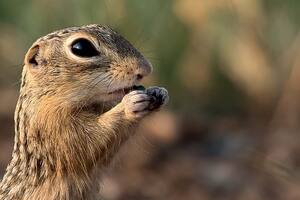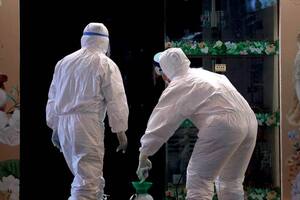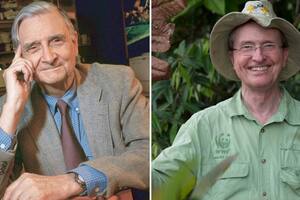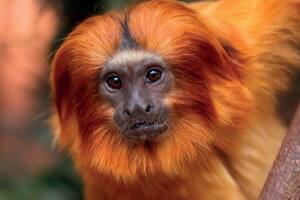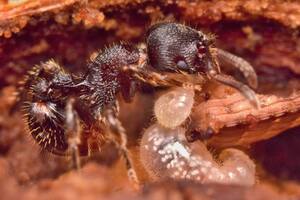Zoology
Video
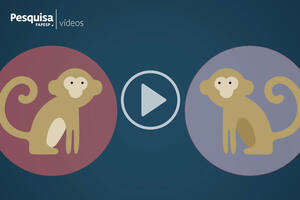
The uncertain identity of the pigmy marmoset
Brazilian primatologist Jean Boubli, from Salford University, in the UK, and his team, solved a 19th century mistery regarding the world's smallest monkeys | 3'47
By Redação
Genetics

A connection between big and small
Dog breeds can have up to 40-fold size differences, determined by 25 genes
By Redação
Neuroscience
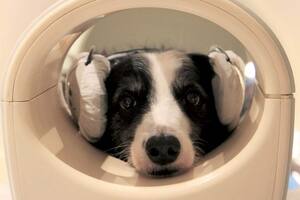
Dogs know when their owners speak a different language
Dogs can differentiate between languages, according to researchers at Eötvös Loránd University in Hungary
By Redação
Zoology
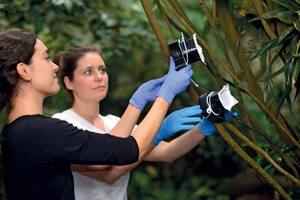
DNA in the air helps identify animals
Two studies published in the same scientific journal in January indicate that the air contains DNA at levels sufficient to allow species identification
By Redação
INTERVIEW

Karen Strier: Four decades with the muriquis
American anthropologist has contributed to primate conservation in the Atlantic Forest and trained almost 80 Brazilian researchers
By Maria Guimarães and Carlos Fioravanti
COVID-19

Big cats and Covid-19
Snow leopards died from complications associated with COVID-19 in November
By Redação
Photolab

Heart of the Amazon
Using India ink to dye the circulatory system of the brycon (brycon amazonus), one of the characteristic fishes of the Amazon basin
By Redação
Genetics
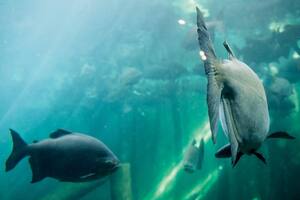
The tambaqui genome
A group of researchers has sequenced and analyzed the genome of the second largest fish in the Amazon
By Redação
Biodiversity
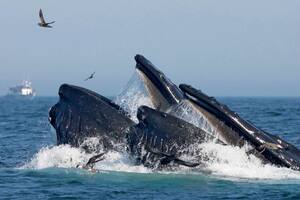
The great ocean fertilizers
Whales are the largest living beings on the planet and play an important role in recycling ocean nutrients
By Redação
Zoology

Protozoan fossil in Brazilian amber
Researchers at the Federal University of Rio de Janeiro (UFRJ) have described a new extinct species of protozoan: Palaeohypothrix bahiensis
By Redação
Biology
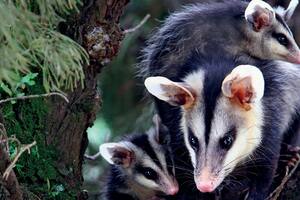
Rainforest marsupials
Study suggests opossums emerged in the Amazon about 40 million years ago
photolab
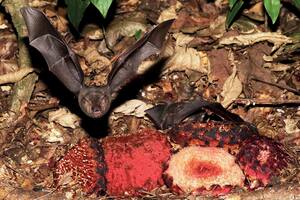
Unexpected feast
When biologist Felipe Amorim first questioned how the strange flowers of the Scybalium fungiforme are pollinated, he only knew one thing for certain: the evidence pointed to non-flying mammals. His infrared cameras later captured footage of possums, which came as quite a surprise—although they fit the description, they were not previously known to be pollinators.... View Article
By Redação
Zoology
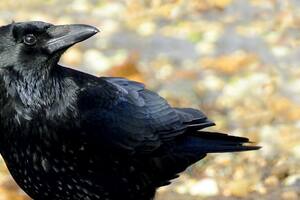
The crows and the empty set
With training, carrion crow were able to understand the empty set as a null numerical quantity close to one
By Redação
Zoology
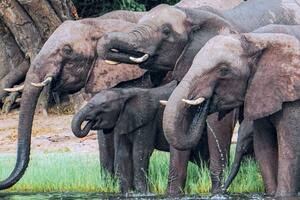
A giant water and food vacuum
African elephants are able to fill their nostrils with 3.7 liters of water in just 1.5 seconds
By Redação
Photolab
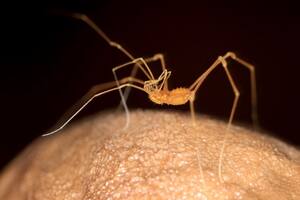
The harvestman with eight canes
Of all the harvestman species found in Brazil, Giupponia Chagasi is the best adapted to living in caves—a trait known as troglomorphism
By Redação
Zoology

Toads in the mist
In well-preserved remnants of the Atlantic Forest, a team of zoologists identified a peculiar new species of toad
By Redação
Zoology
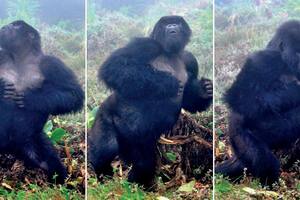
A very informative gesture
Mountain gorillas may be communicating with other members of their troop when they rise up on their hind legs and beat their chests with their hands to produce a loud, hollow sound
By Redação
Zoology

Gimli and Nigel, two dwarf giraffes
Gimli and Nigel are the first recorded examples of dwarfism in wild giraffes
By Redação
Biochemistry

Anti-predator chemical shield
Seemingly harmless at first glance, the African maned rat (Lophiomys imhausi) carries a lethal weapon in its coat
By Redação
COVID-19
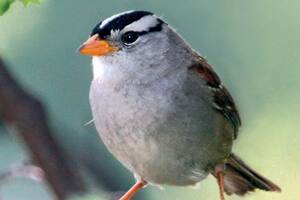
Bird sings at lower volume in quiet city
During the pandemic, the white-crowned sparrow's singing returned to the volume it sang at in the 1970s
By Redação
Ecology
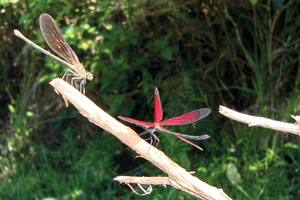
Under the female gaze
Males with brightly colored wings attract more females to their territory, as well as more rival males, sparking a fierce competition for mating partners
By Redação
Zoology
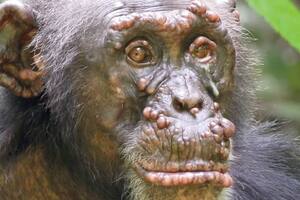
Leprosy in wild chimpanzees
Photos taken in 2017 are the first record of wild chimpanzees with lesions indicative of leprosy on their faces and other parts of their bodies
By Redação
BIOTA - 20 YEARS
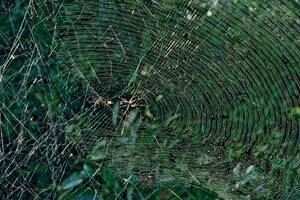
A poisonous weave
A spider web commonly found in the Americas is composed of toxins that paralyze and help kill prey
Zoology

A smell and heat detector
A dog’s nose is also capable of measuring nearby heat, according to a new study
By Redação

